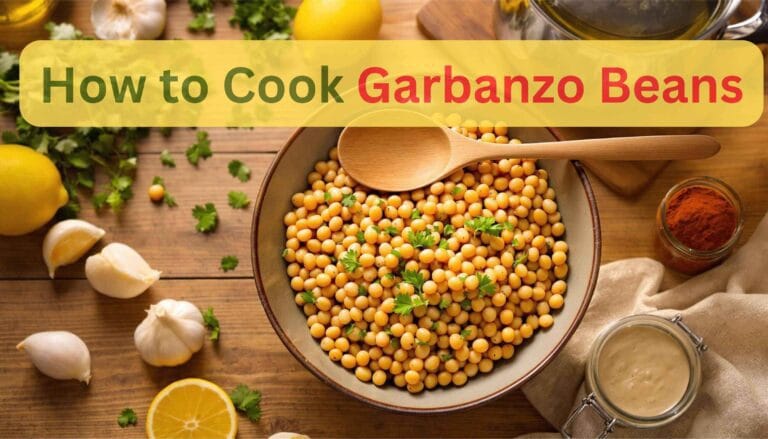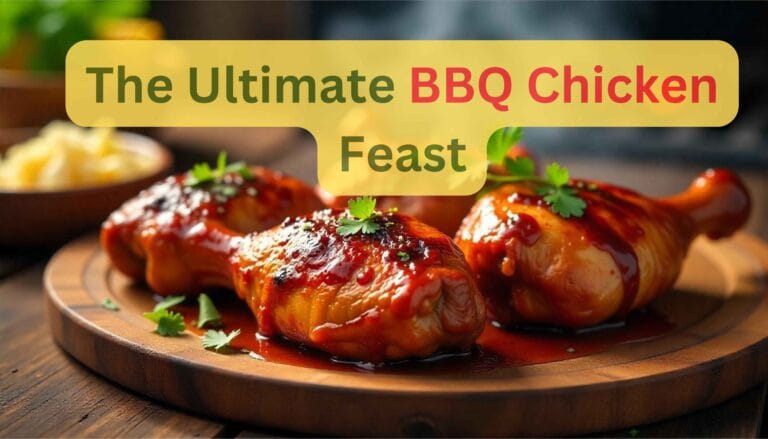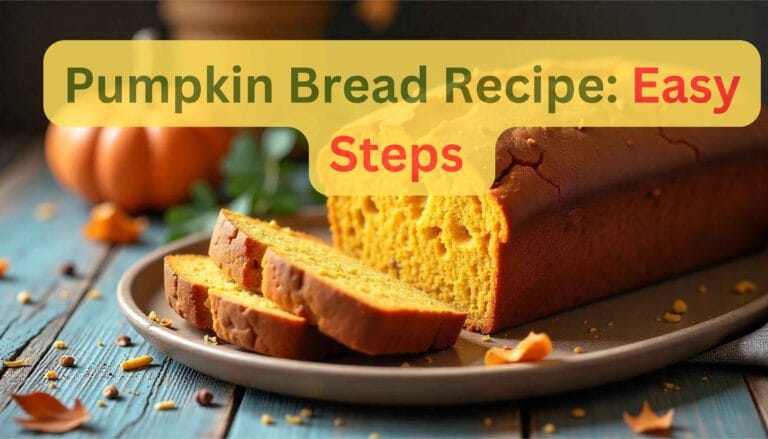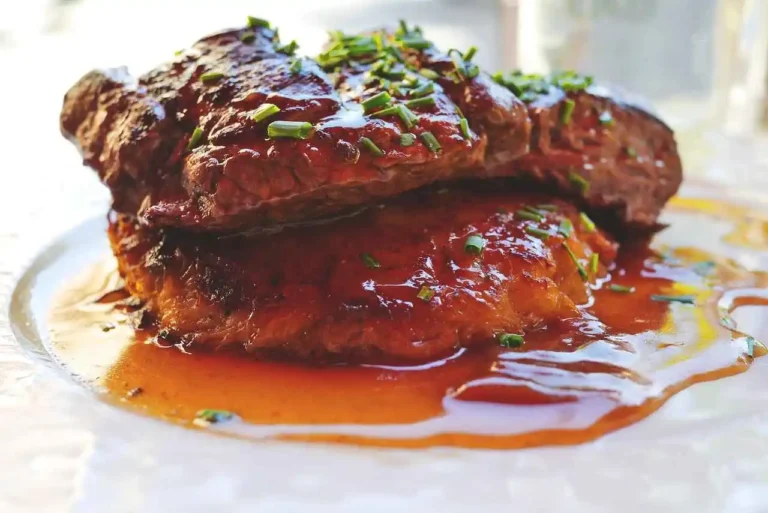How to Cook Chickpeas: The Ultimate Guide
How to Cook Chickpeas: As a devoted Mediterranean home cook, dried chickpeas are indispensable in my cupboard. These small beans have excellent nutrition and a wonderful nutty taste, which makes them a culinary powerhouse in my cooking. Whether your preferred dish is a quick hummus or a thick stew, I’m eager to provide thorough instructions on precisely how to cook chickpeas today. Let’s get into the culinary wonders of chickpeas!
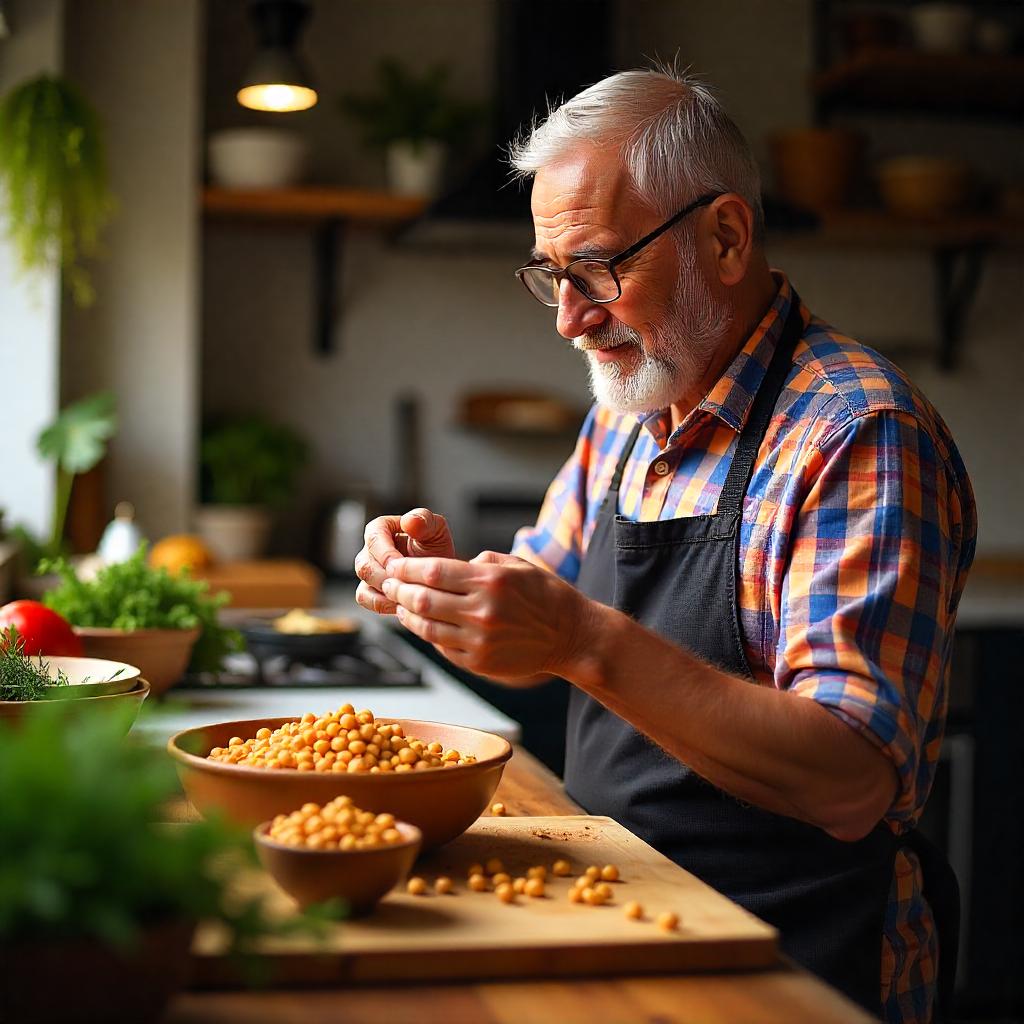
Why Should One Eat Chickpeas?
Chickpeas are a versatile and nutrient-dense food that goes beyond just being a pantry staple. I typically grab for them whether cooking a big dinner or just having a quick snack. Why should we consume chickpeas? Let’s consider their advantages.
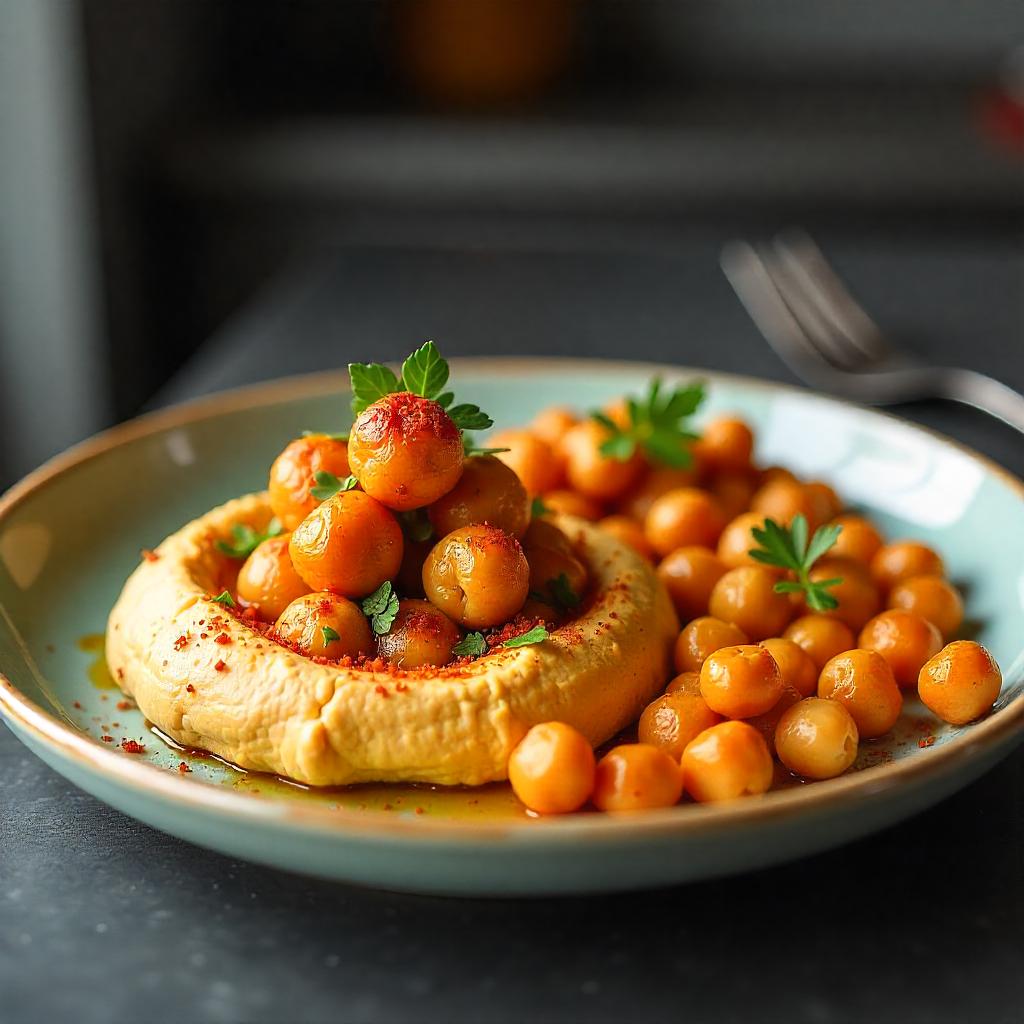
Advantages of Nutrition
Chickpeas are, fundamentally, nutrient-dense foods. Their protein concentration—roughly 15 grams per cup—is rather strong. They are, therefore, a wonderful option for everyone wishing to increase their protein intake without eating meat. They also have rather high fiber content—roughly 12 grams per cup. Fiber helps digestion and extends sensations of fullness. It’s great to find a nutritious meal that aids in weight control.
Kitchen Flexibility
There are several ways one can use chickpeas. They accentuate numerous foods, including soups, salads, and creamy dips like hummus. You can roast protein for a crispy snack or include them in smoothies to increase protein. There are just so many possibilities! You can flavor chickpeas in any way you desire, making them the legume equivalent of chameleons.
“Chickpeas are the chameleons of the legume world, adapting to whichever taste profile you desire,” declared a well-known chef once.
Typical applications for chickpeas are:
- Hummus: A traditional dip created with chickpeas, tahini, and lemon juice.
- Salads: Add to boost texture and protein count.
- Stews or Soups: They give any stew or soup a great texture.
- Snacks: For a crispy delight, roast them seasoned with spices.
Cultural Relevance
Chickpeas are exceptional in Mediterranean cooking. Falafel and shakshuka, as well as many other traditional cuisines, depend on them. Chickpeas’ taste and nutritional value are much praised. They have a rich cultural legacy rather than only a cuisine. Cooking with chickpeas helps me feel more in line with the old Mediterranean customs.
Chickpeas are a wonderful meat substitute for vegetarians and vegans. Anyone trying to maintain a balanced diet must include them since they offer vital elements that are sometimes absent in plant-based diets.
The Soaking Phase Before Cooking
Soaking chickpeas is an essential stage in their cooking. Still, why is it so crucial? Soaked chickpeas are, therefore, easier to digest. The evidence suggests that soaking them promotes their breakdown by our bodies. Have you ever eaten beans and then experienced bloating? Cleaning helps reduce that soreness. It’s like giving them a spa treatment before you put your chickpeas in the pot!
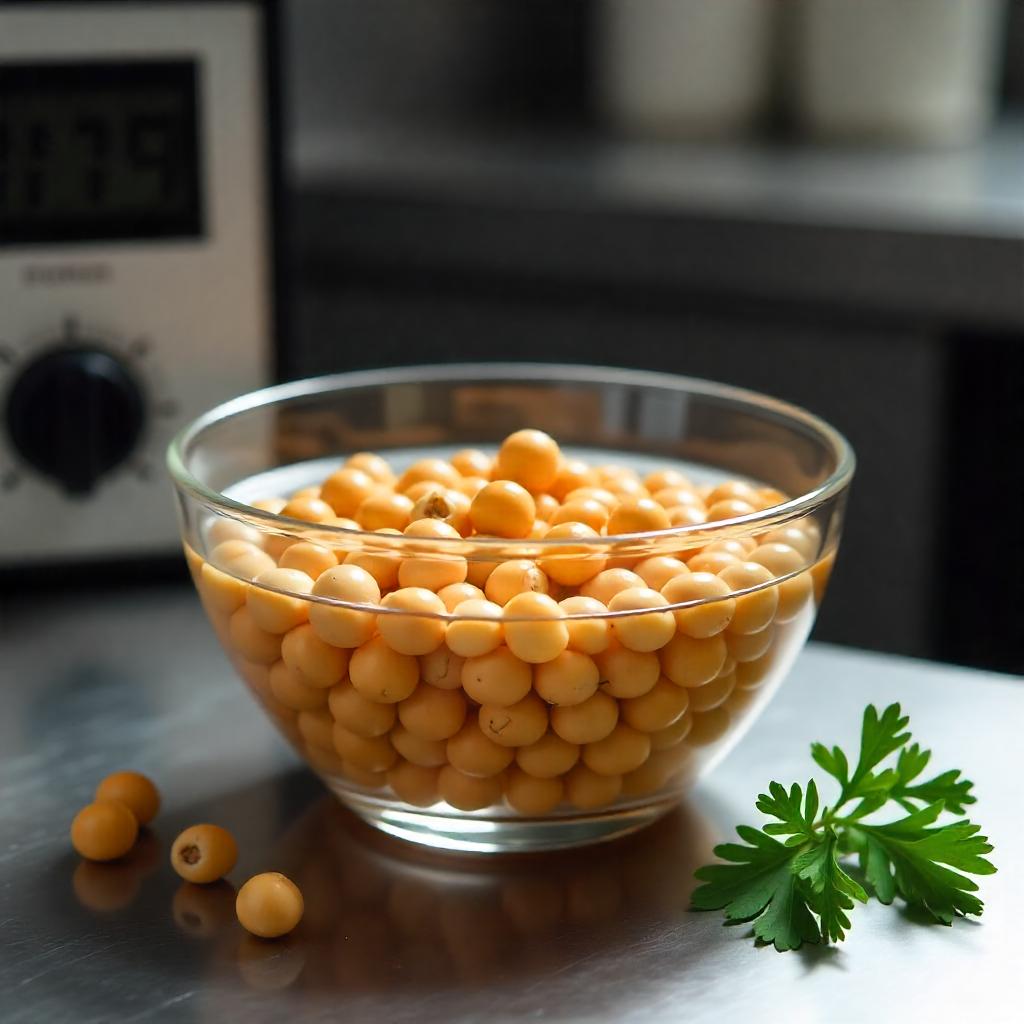
Two Soaking Techniques Described
Chickpeas can be soaked in two ways: a long soak or a rapid soak. Each has advantages, and I frequently base my decision on time constraints.
- Extended Soak: Using this method, put the chickpeas in a big basin and cover them with three to four inches of water. Give them eight to twenty-four hours to soak. I always use this approach when planning. It allows the chickpeas to swell and absorb water, which gives them flavor and tenderness.
- Quick Soak: This method is perfect for time-constrained situations. Simply place the chickpeas in a pot, cover with water, and boil for two minutes. Then, turn off the heat and allow them to soak for an hour. If you’re short on chickpeas, this is a quick solution!
How to Determine When to Cook Chickpeas
What is the best way to determine whether your chickpeas are ready? It’s easy! After soaking, the chickpeas should be plump and soft. They’re ready to go if you can easily squeeze one between your fingers. Give them a little extra time if they continue to feel stiff.
“Soaking is a secret to better chickpeas,” — Expert Home Cook.
The Science of Soaking
Let’s now examine the science underlying soaking. Soaking chickpeas can significantly impact their cooking time. Compared to unsoaked chickpeas, soaked chickpeas cook considerably faster. This advantage is because soaking aids in breaking down some complex carbohydrates that may result in digestive problems. This situation benefits both parties!
Soaking chickpeas improves their nutritional profile and prepares them for cooking. Soaked beans facilitate greater nutrient absorption and digestion. It’s wonderful how a straightforward procedure can have such an impact!
Three Ways to Cook Chickpeas Exceptionally
In my kitchen, chickpeas are a mainstay. They give many foods a lovely texture and are both healthful and adaptable. Perfect chickpea cooking is crucial for preparing hummus, salads, or soups. I’ve tried several different approaches, and today, I’ll discuss my top three: the Instant Pot method, the slow cooker method, and the stovetop way. Let’s begin; each method offers distinct advantages!
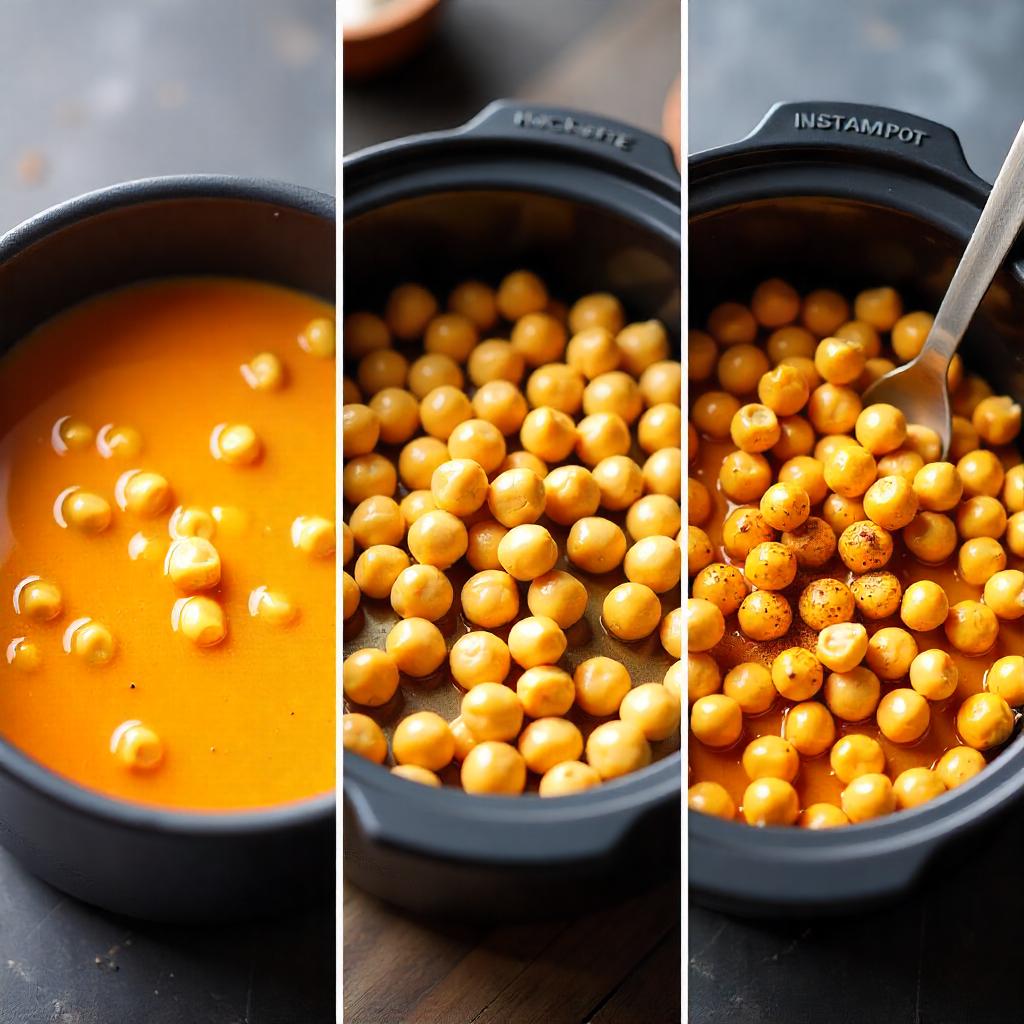
1. The Stovetop Approach
This recipe is my favorite way to cook chickpeas. The flavor is unrivaled, although it can take a little longer. This is how I go about it:
- Let the chickpeas soak: I typically soak one pound, or around two cups, of dried chickpeas overnight, which results in more even cooking. The rapid soak method is an option if you’re pressed for time. Boil the chickpeas for two minutes, then let them sit for an hour.
- Cooking: Drain the chickpeas after soaking. For three to four minutes, sauté them in a big pot with a pinch of baking soda. This process softens the beans and facilitates the removal of the skins.
- Add the seasonings and water: Add your preferred seasonings (garlic, bay leaves, and kosher salt work nicely) and seven cups of water. After boiling it, please lower the heat and let it simmer.
- Timing: Depending on how fresh your chickpeas are, the time it takes them to become tender might range from 30 minutes to 2 hours. Watch out for them!
“Perfectly cooked chickpeas should be tender yet firm enough to hold their shape.” — Cooking Teacher.
2. Using a Slow Cooker
The slow cooker is an invaluable tool for those who prefer a hands-off approach. I prepare chickpeas in the slow cooker as follows:
- Preparation: Rinsing is beneficial, but soaking chickpeas is unnecessary.
- Mix the ingredients: Add enough water to the slow cooker to cover the chickpeas by a few inches. Add the seasonings to taste.
- Cook for four hours on high or six to eight hours on low. While you concentrate on others, the slow cooker takes care of everything!
3. The Instant Pot Technique
The Instant Pot is invaluable on days when you need chickpeas quickly. Here’s my fast approach:
- Preparation: Although it’s not required, I suggest soaking for a nicer texture.
- Cooking: Fill the Instant Pot with water and the soaked chickpeas; season to taste.
- The pressure Cooking: Set it to high pressure for roughly fifty minutes. After finishing, let the pressure naturally drop.
This approach is terrific for hectic weeknights since it produces perfectly cooked chickpeas in about one hour.
Comparing the Approaches
Every technique has benefits. While the slow cooker is perfect for individuals who enjoy a hands-off approach, the stovetop method excels in flavor. However, when it comes to speed, the Instant Pot is unmatched. You can select the approach that works best for you based on your schedule and your goals.
How to Use and Store Your Chickpeas
Any kitchen would benefit significantly from the addition of chickpeas. They are nutrient-dense and adaptable and may be used in various recipes. But what happens when you cook a batch? How do we store these? And what imaginative uses are there for them? Let’s examine some delectable recipe ideas, discuss the health advantages of including legumes in our diets, and dive into the best ways to store cooked chickpeas.
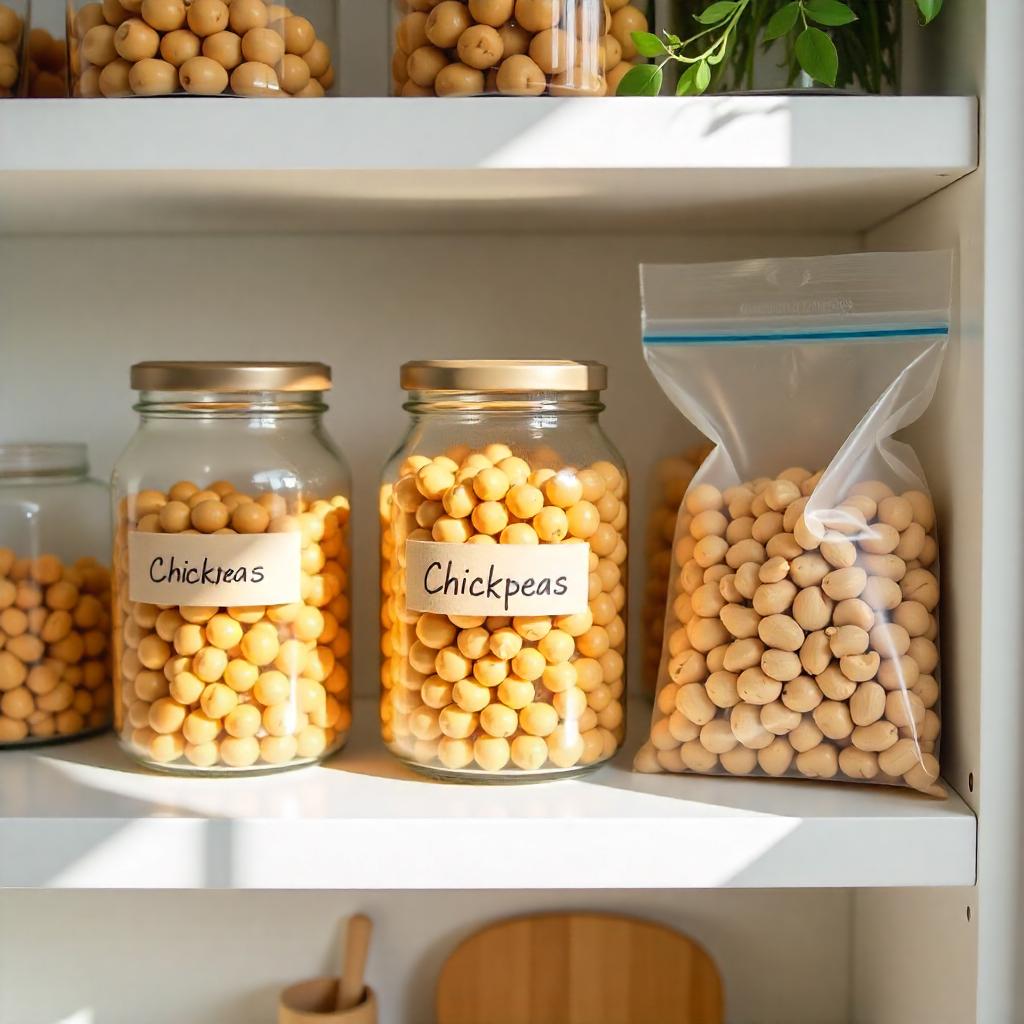
The Best Ways to Keep Cooked Chickpeas Fresh
There are two primary options when preserving cooked chickpeas: the freezer and the refrigerator. Understanding the benefits of each technique can help you maximize flavor and freshness.
- Refrigerator: Cooked chickpeas can be stored in the refrigerator for three to four days. Please keep them in an airtight container to avoid drying out or absorbing food smells.
- Freezer: To extend their shelf life, freeze your chickpeas. You can freeze cooked chickpeas for up to six months. Simply divide them into freezer-safe containers or bags. This strategy will make it easy to get the items you’ll need for meals later.
What is the most effective method for thawing them? Put the frozen chickpeas in the refrigerator the night before use. If you’re pressed for time, you can also quickly thaw them in the microwave.
Recipe Suggestions for Prepared Chickpeas
Let’s discuss how to use chickpeas now that we know how to keep them. There are countless options! Here are some of my best suggestions:
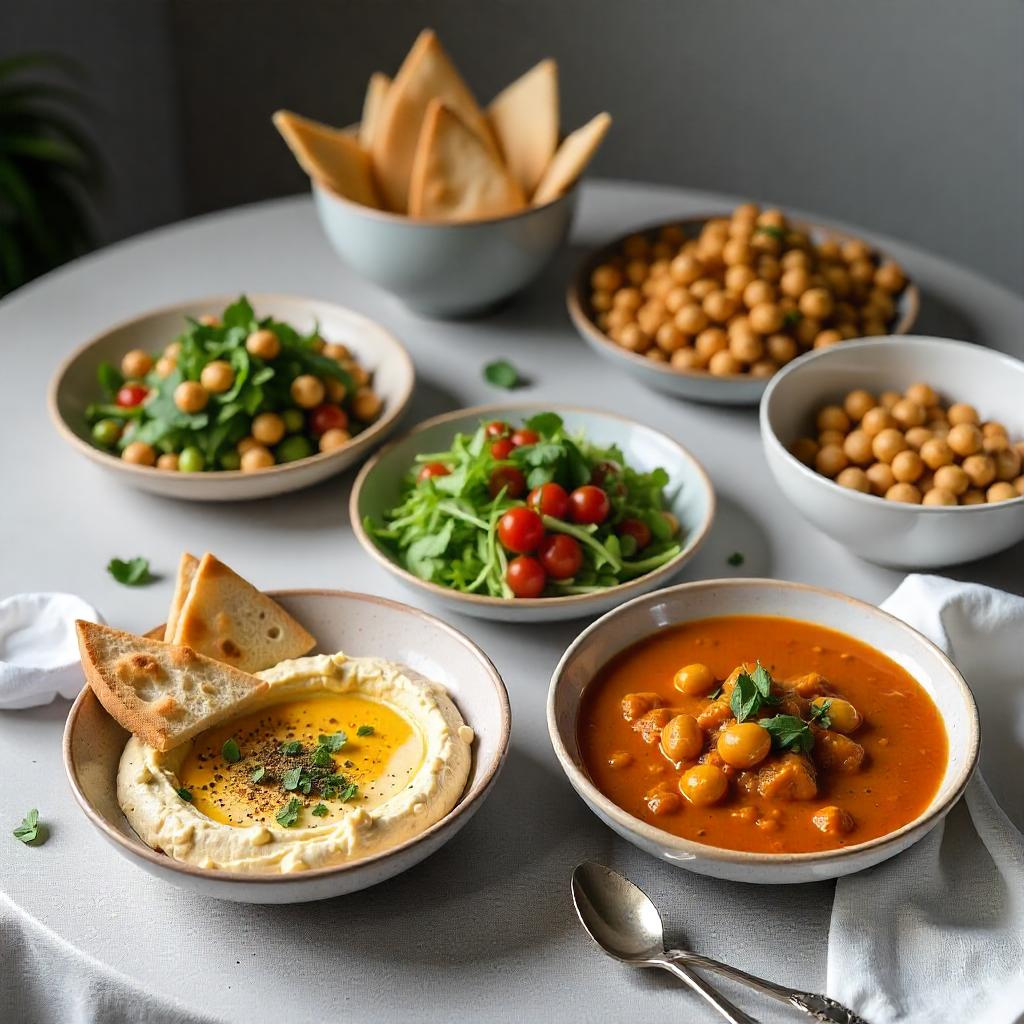
- Salad with Chickpeas: For a light salad, combine cooked chickpeas with chopped cucumbers, tomatoes, red onion, and a basic lemon-olive oil dressing.
- Hummus: For a creamy dip, combine chickpeas with tahini, olive oil, lemon juice, and garlic. It’s ideal for pita chips or vegetables!
- Curry: Simmer chickpeas with coconut milk, curry powder, and your preferred vegetables for a filling supper.
- Roasted Chickpeas: For a nutritious snack, toss them with spices and olive oil and roast them until crispy.
“These are only some suggestions to get you going. Your culinary horizons will expand as you become an expert at preparing chickpeas!” — Passionate Cook.
The Health Advantages of Including Legumes in Your Diet
In addition to being delicious, chickpeas provide many health advantages. Here are some reasons to think about including them in your meals:
- High in Protein: A fantastic plant-based protein source, chickpeas are a fantastic option for vegans and vegetarians.
- High in Fiber: They can prolong feelings of fullness and support digestive health.
- Low Glycemic Index: Chickpeas’ low glycemic index can aid blood sugar regulation.
- Vitamins and Minerals: Iron, magnesium, and folate are among the vital components found in chickpeas.
Including legumes like chickpeas in your diet may improve your nutrition and meal-planning skills. They may become the centerpiece of your meals—not just a side dish!
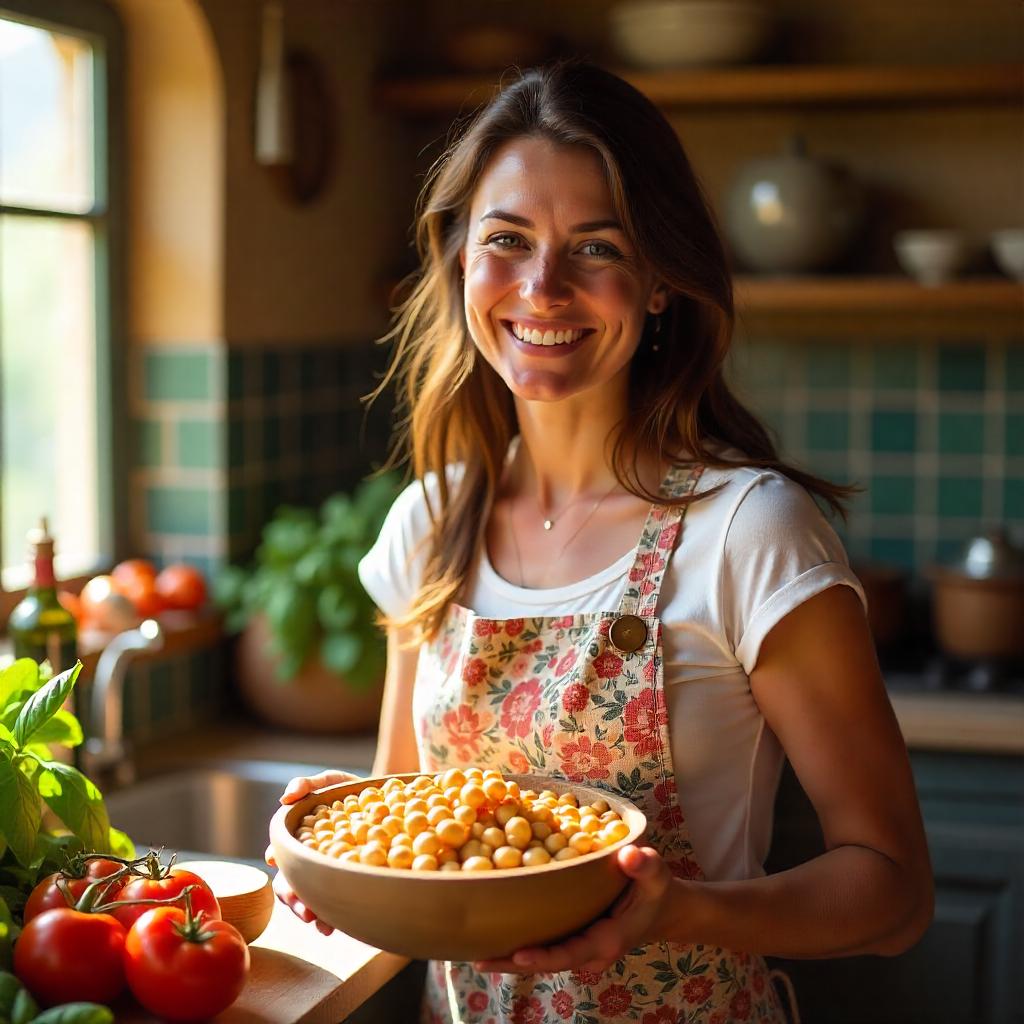
Conclusion
One easy approach to improve the taste and nutritional value of your cuisine is with chickpeas. They add to a balanced diet and taste great. Regardless of your cooking expertise, chickpeas fit quite well in your kitchen. Perhaps you could try them? You might find a brand-new component you thoroughly enjoy!
Cooking dried chickpeas enhances their flavor and texture. Discover how to prepare this adaptable legume using a stovetop, slow cooker, and instant pot, as well as recipes and advice!




